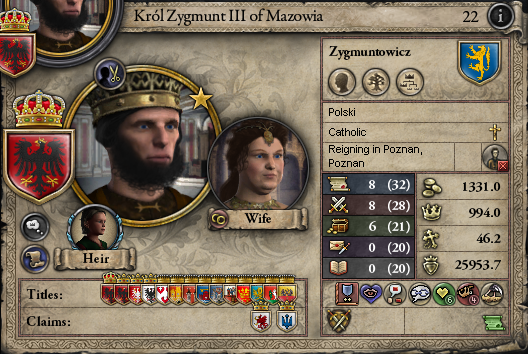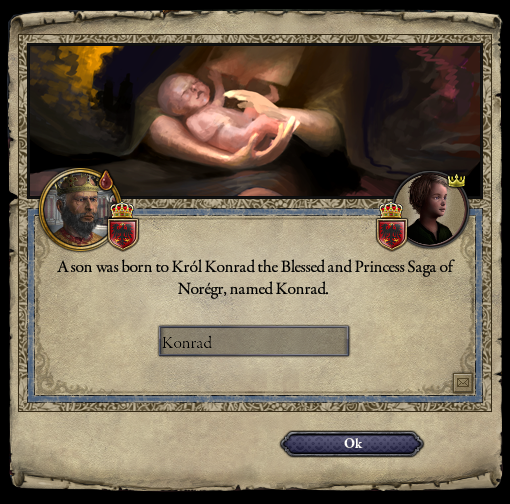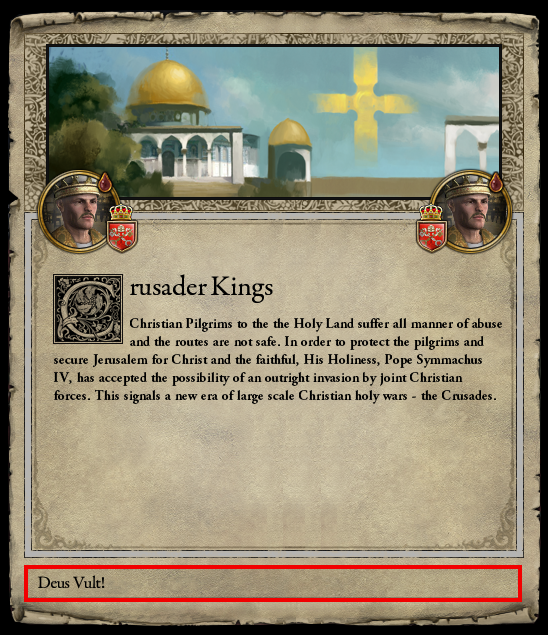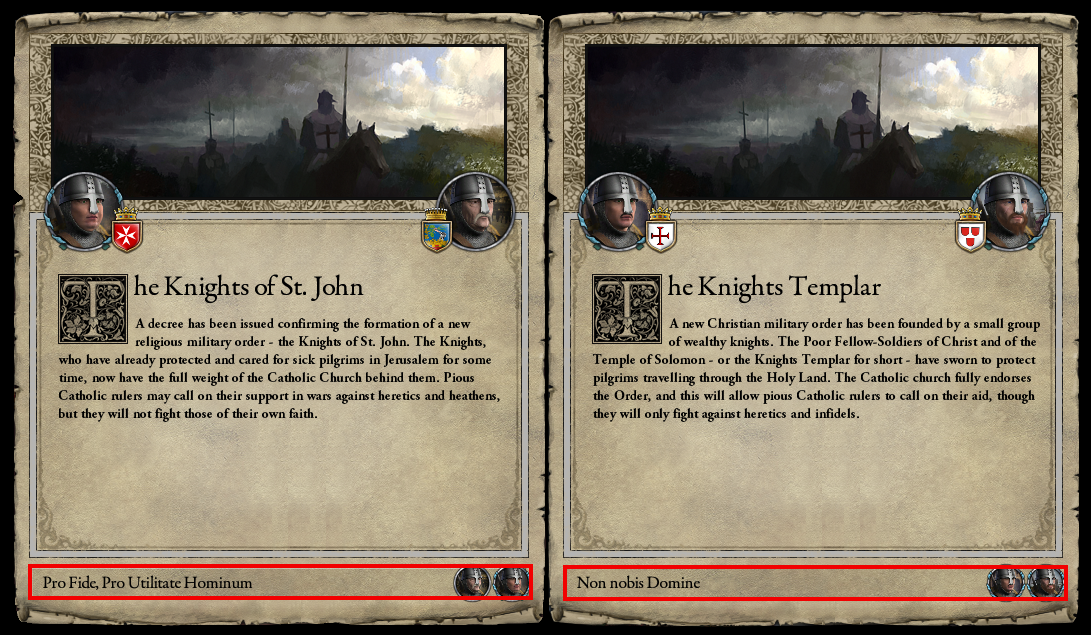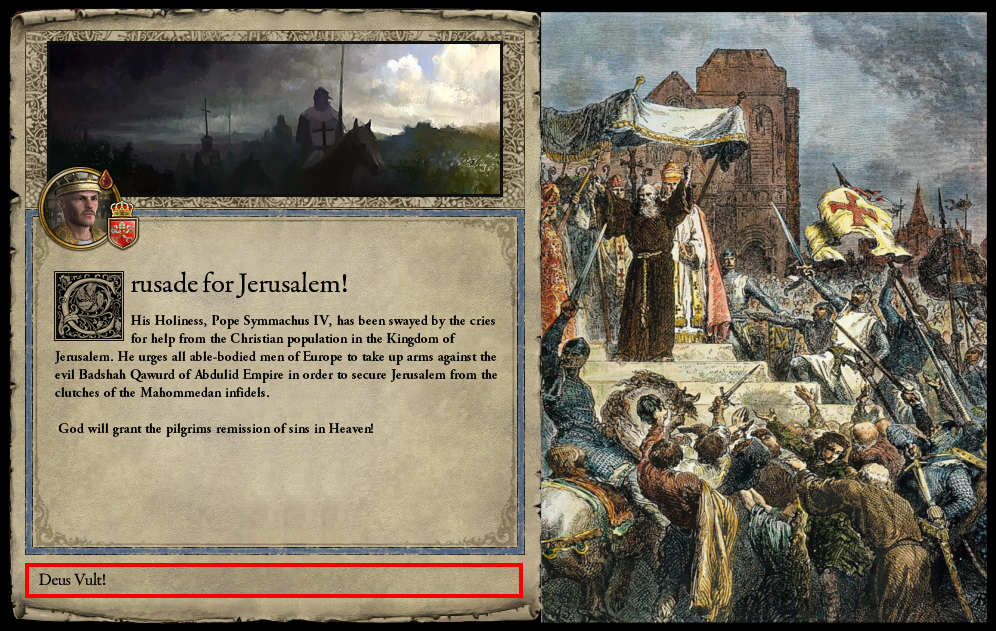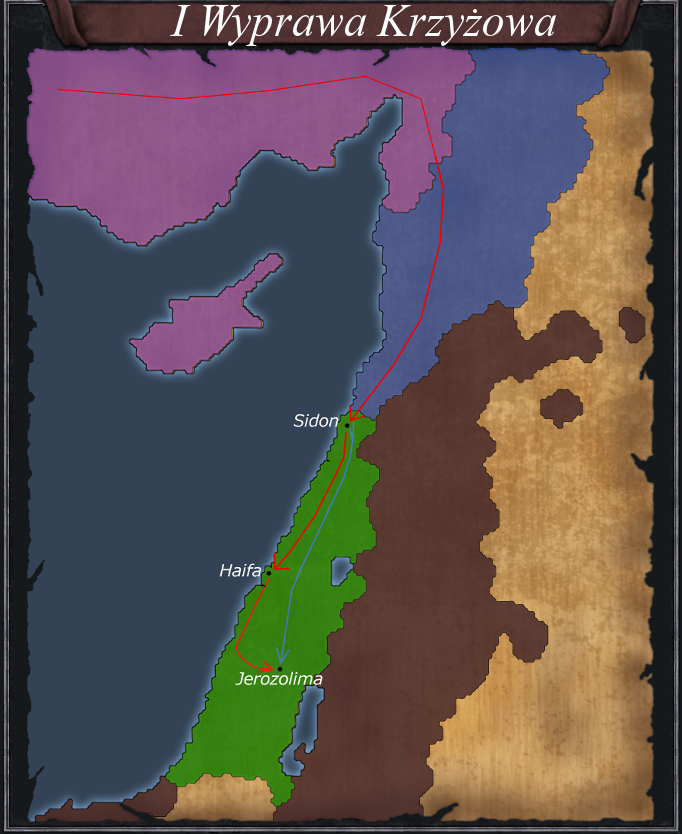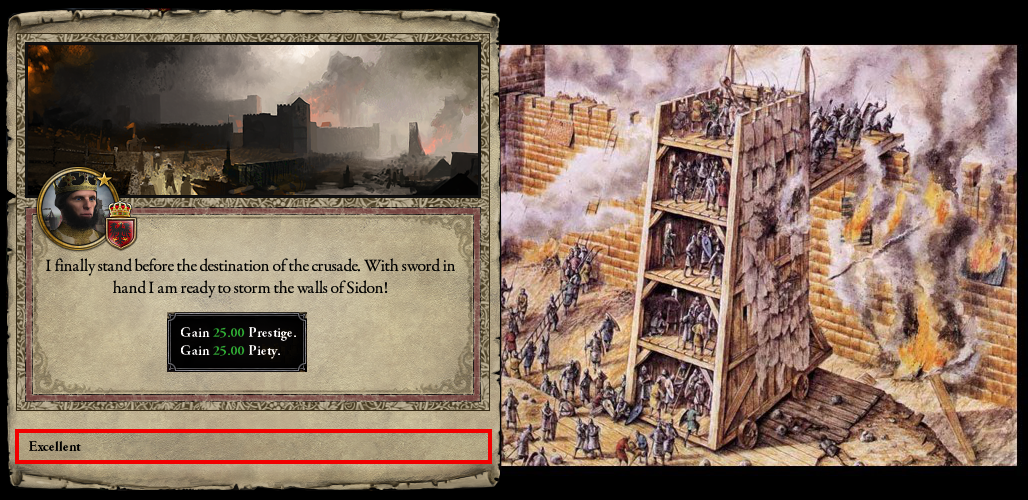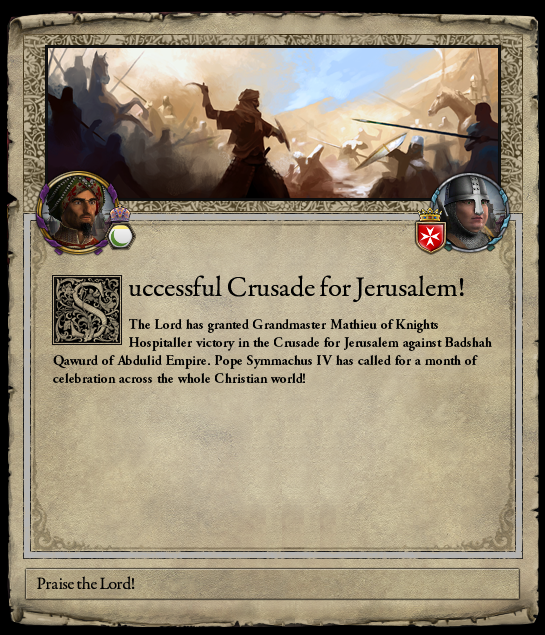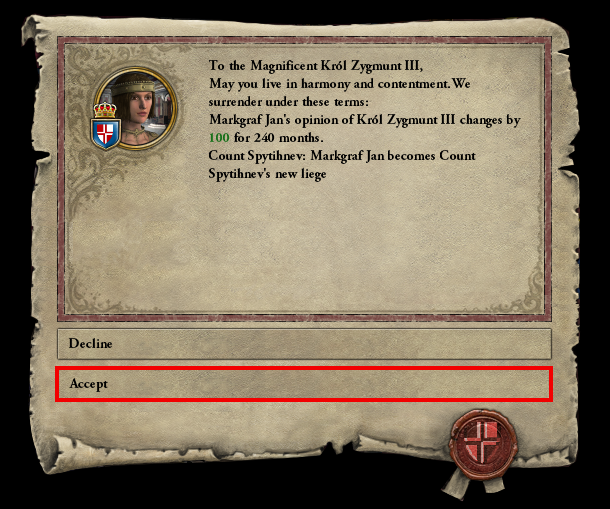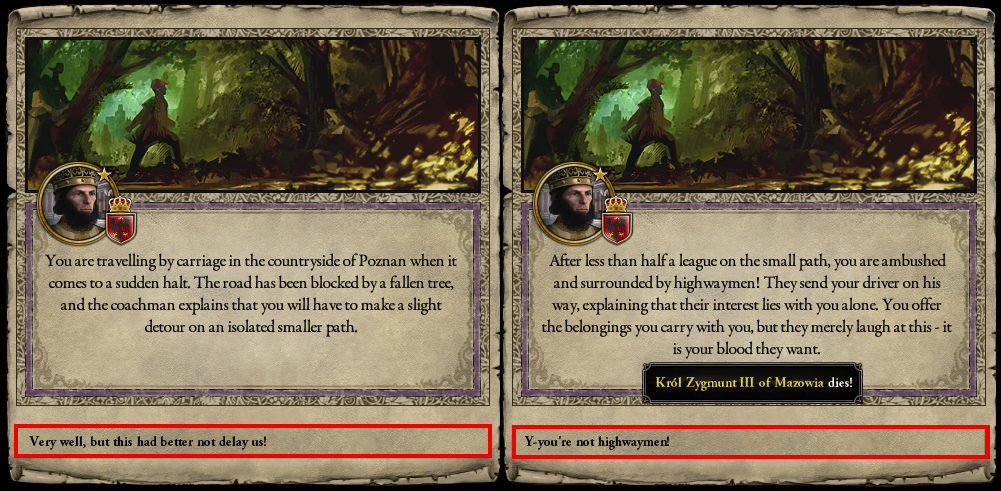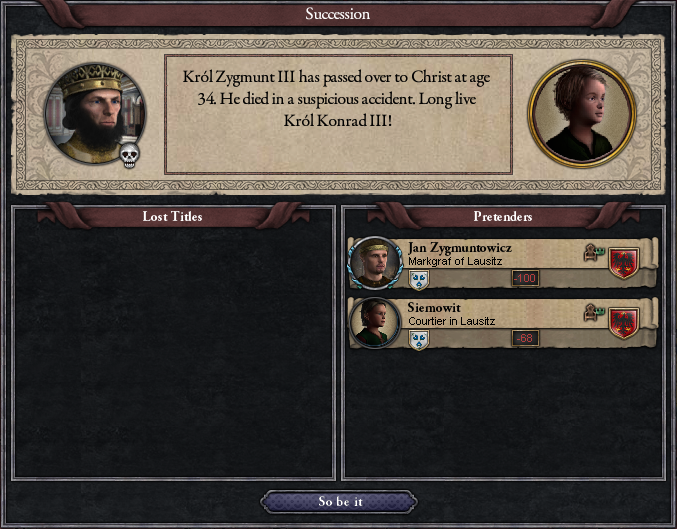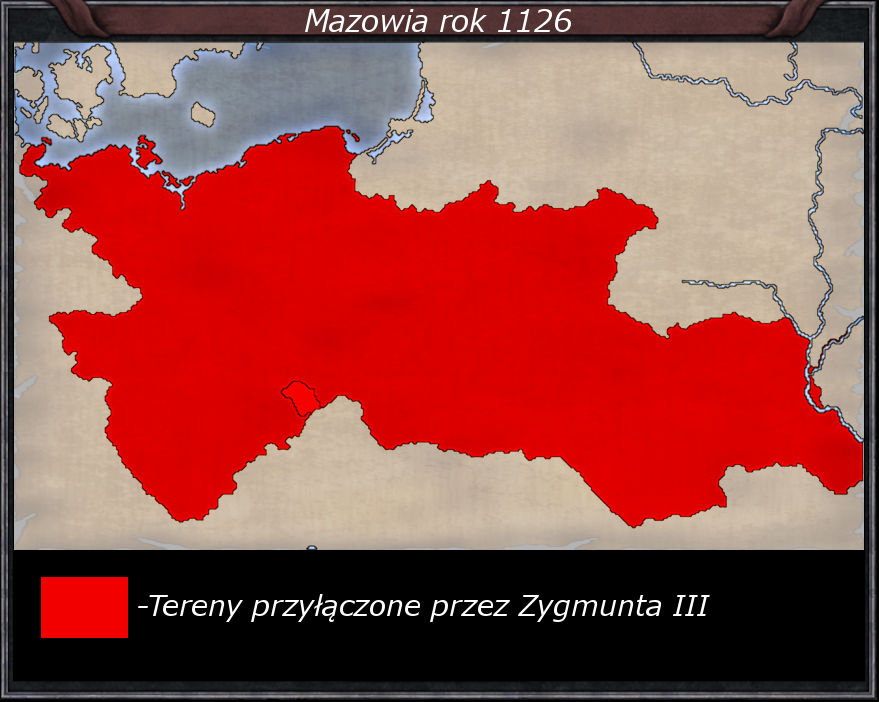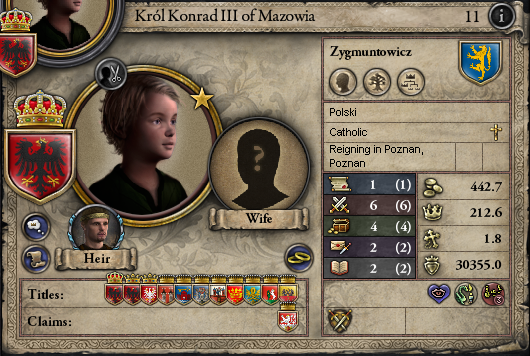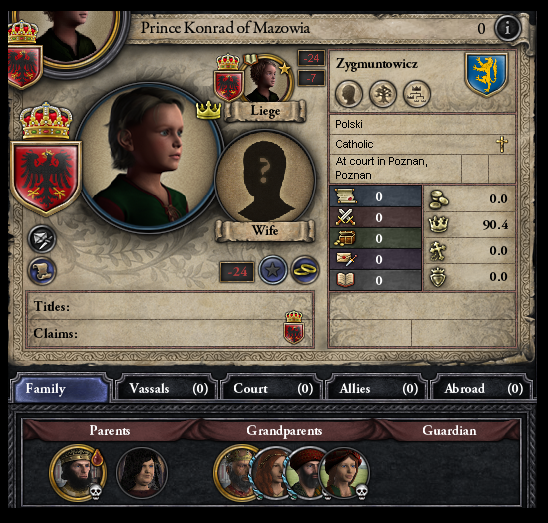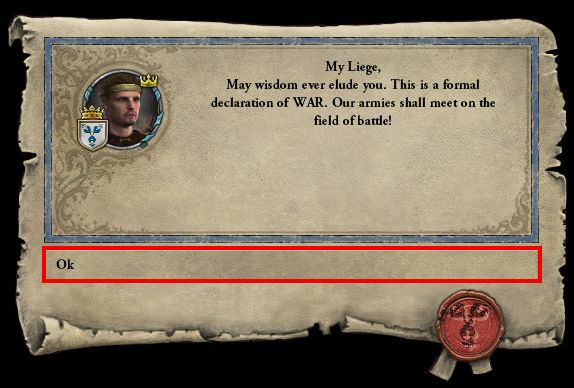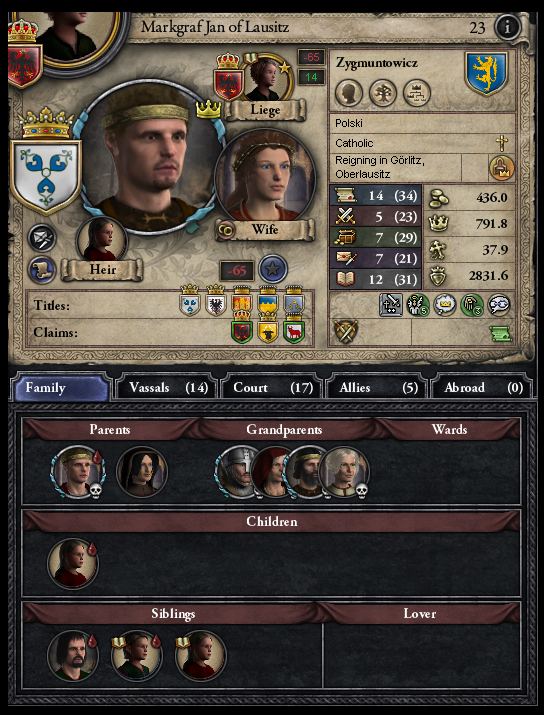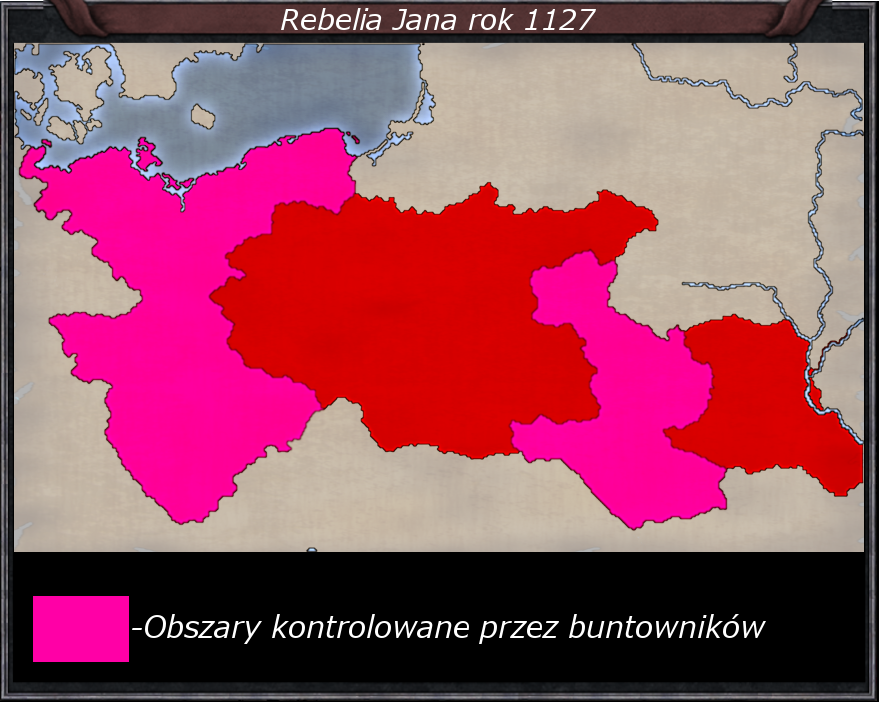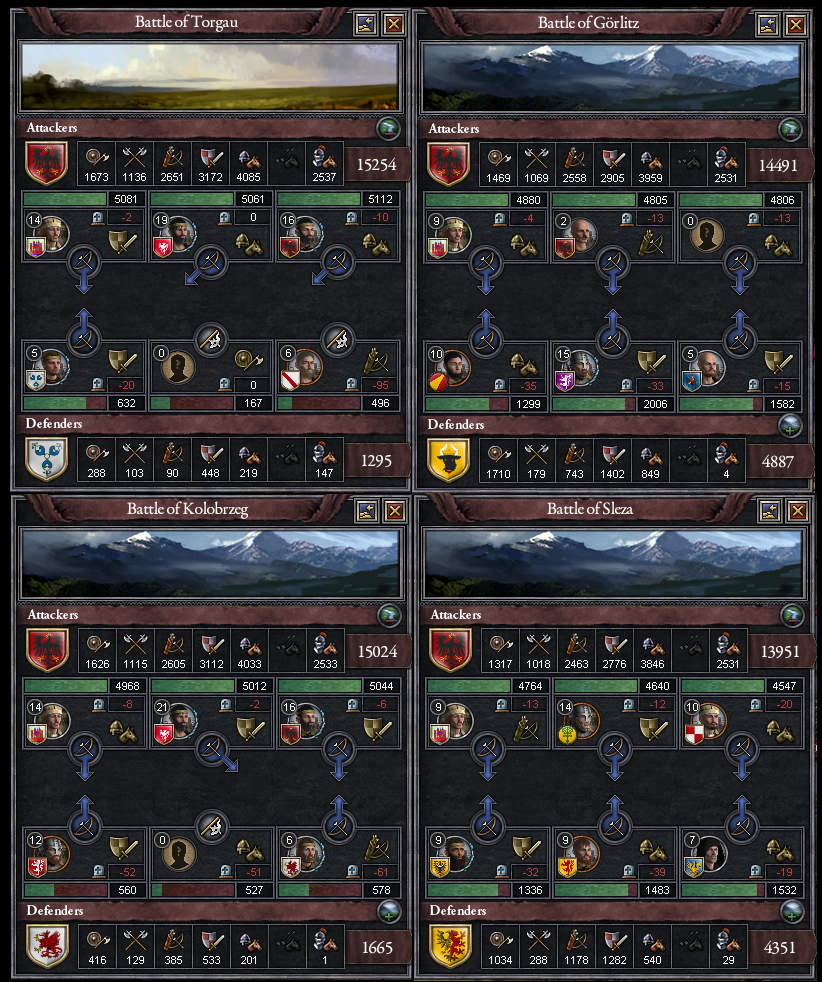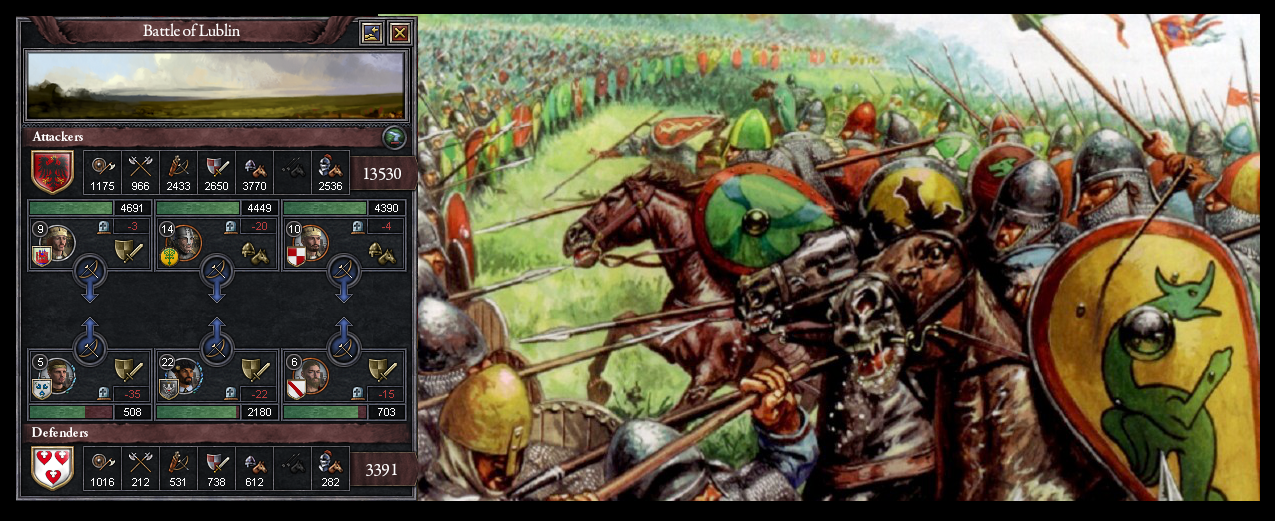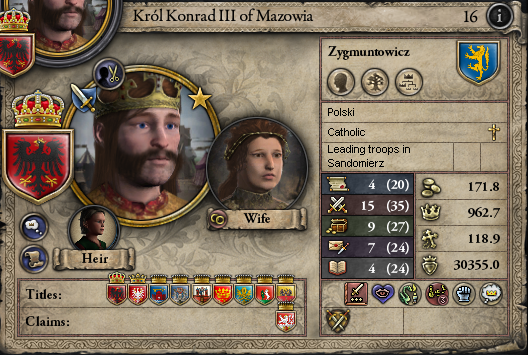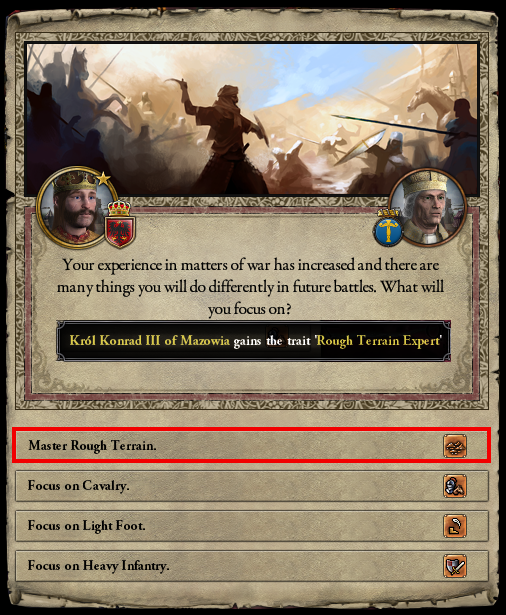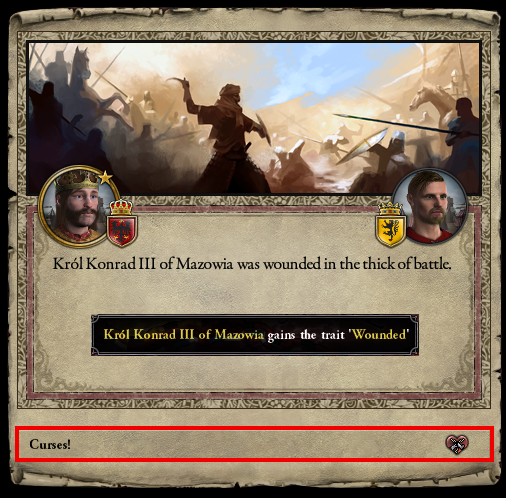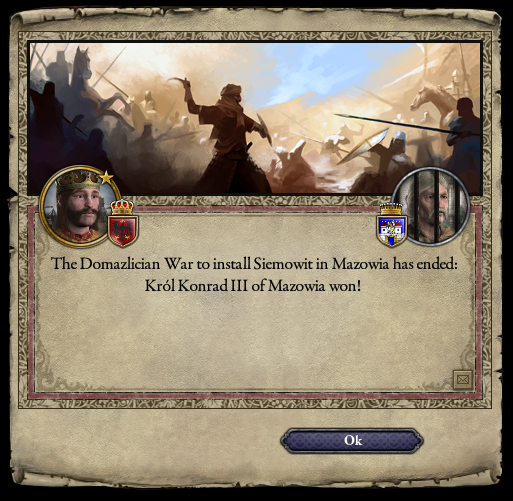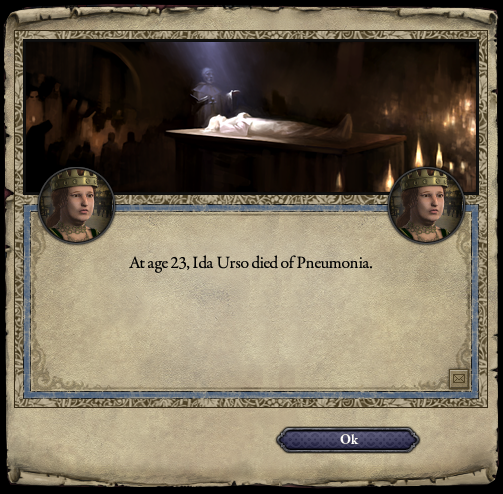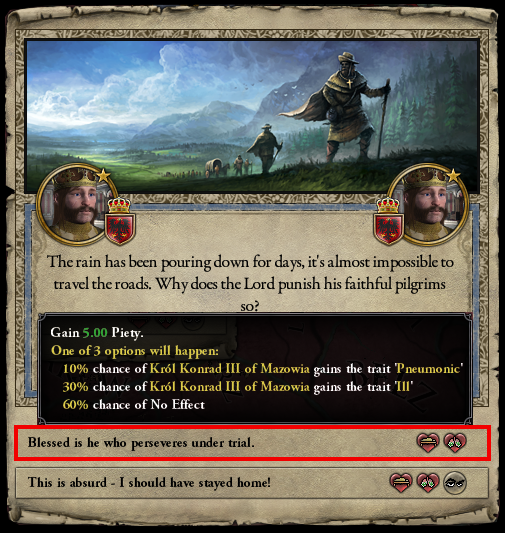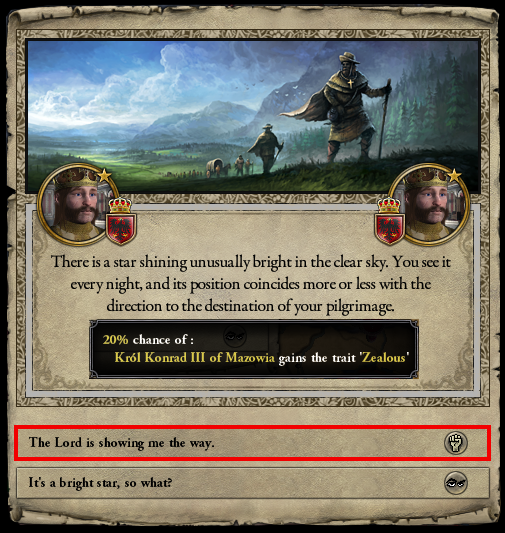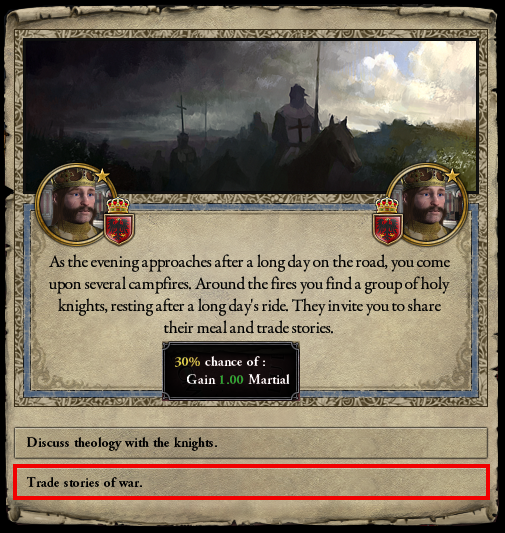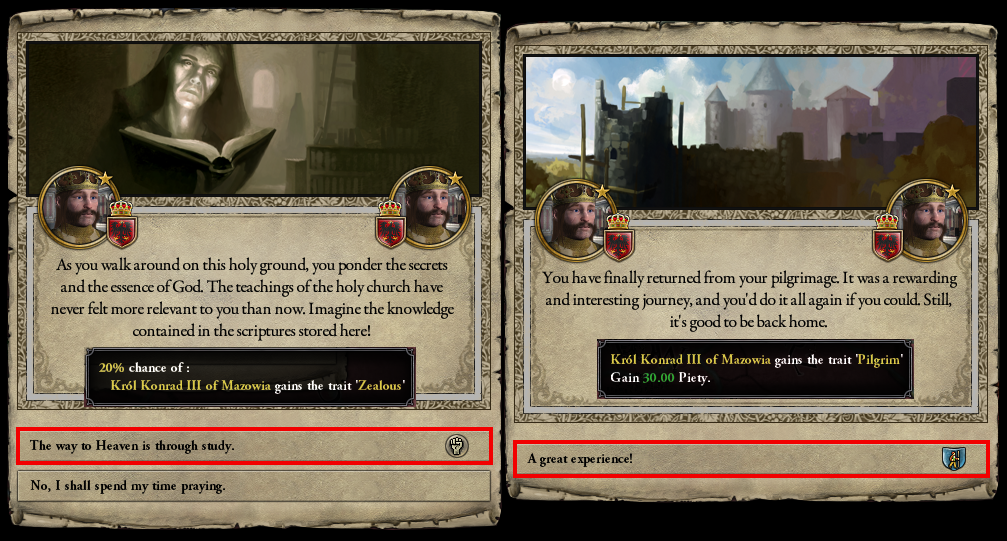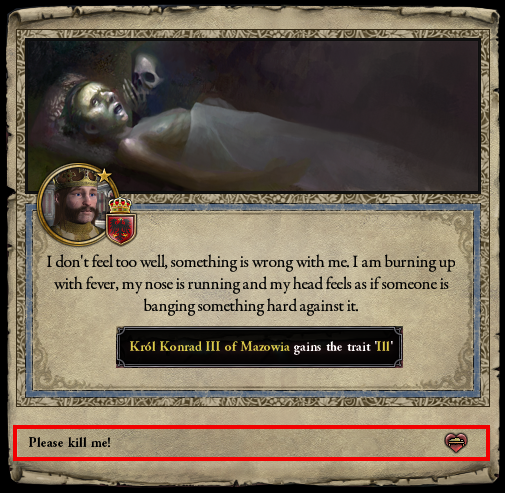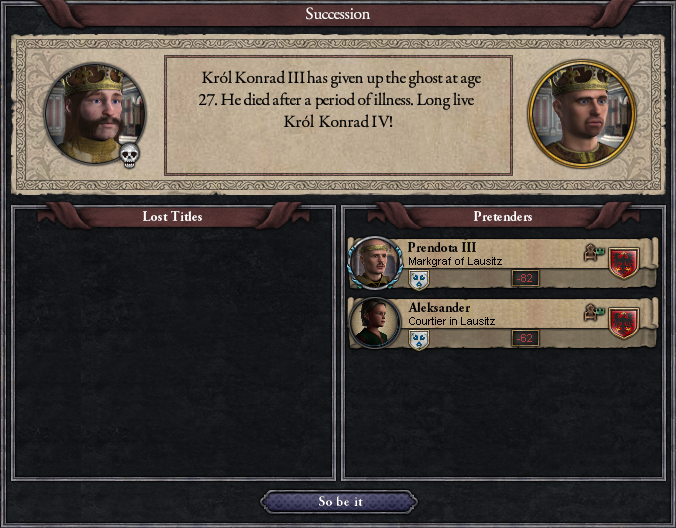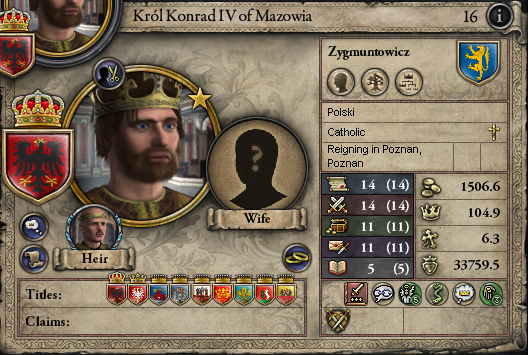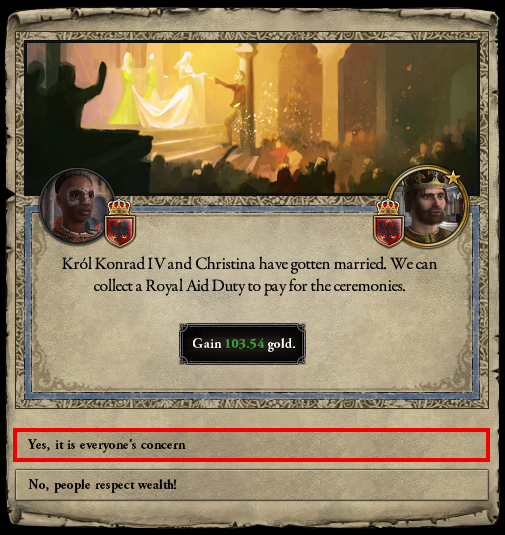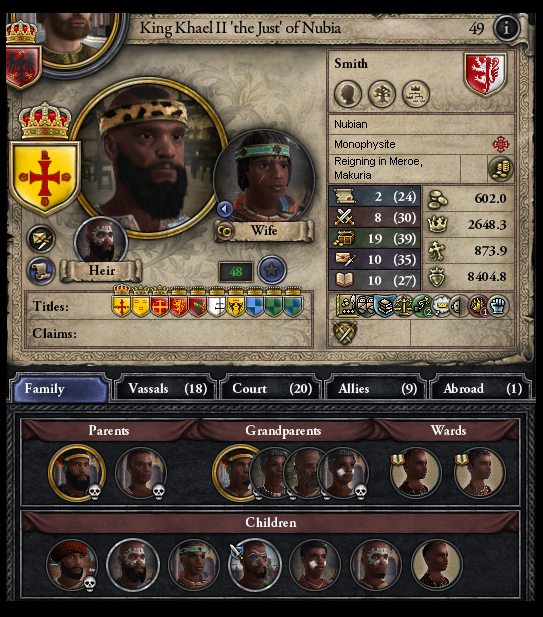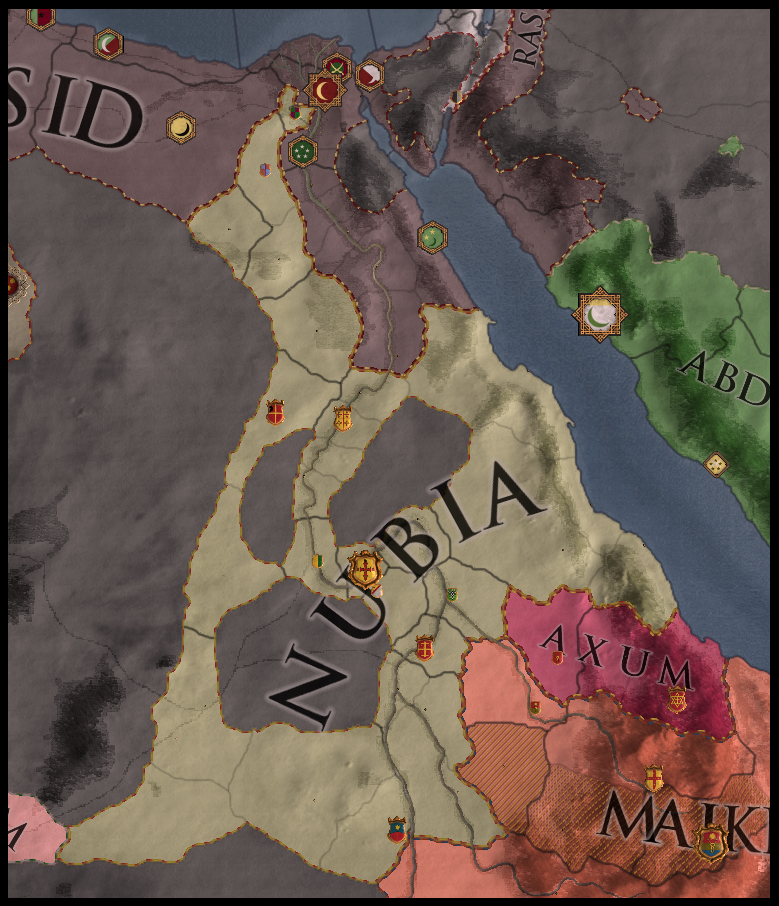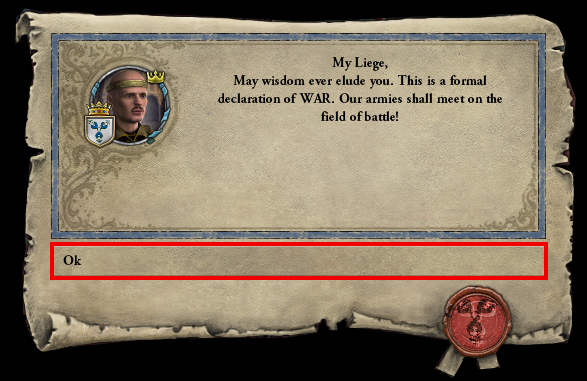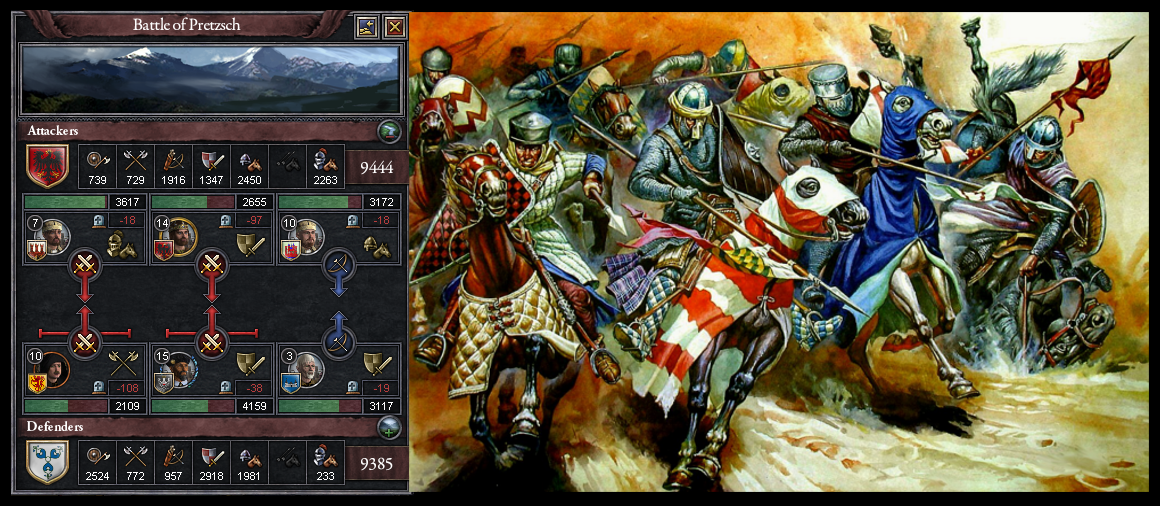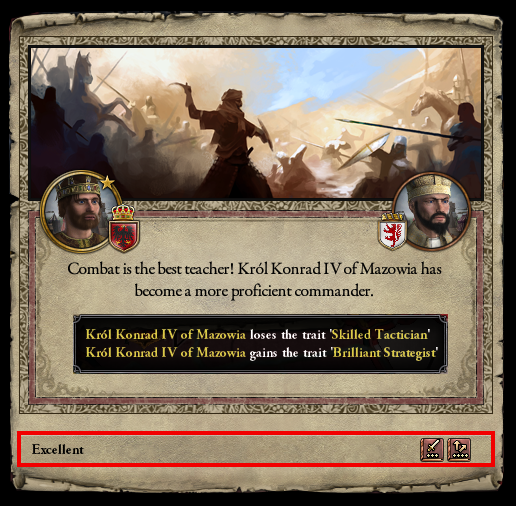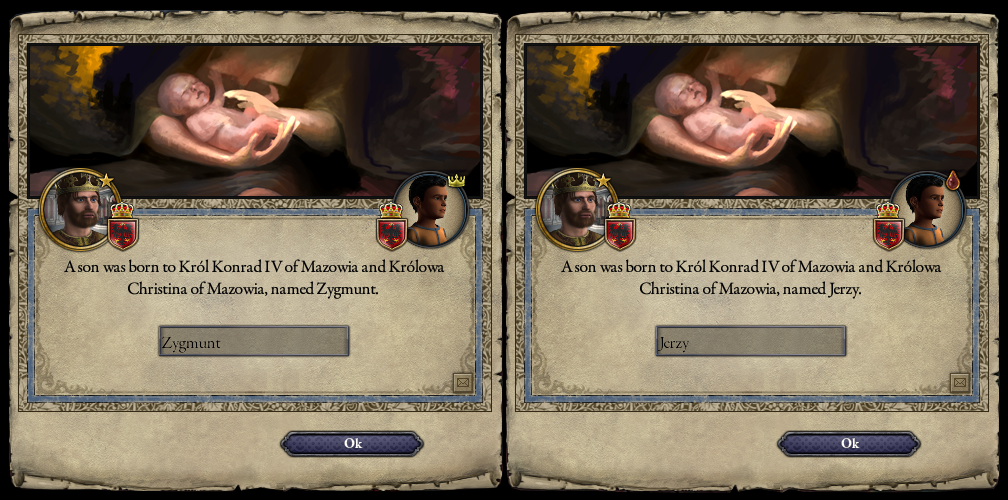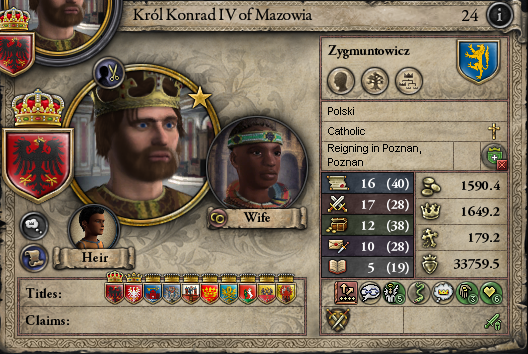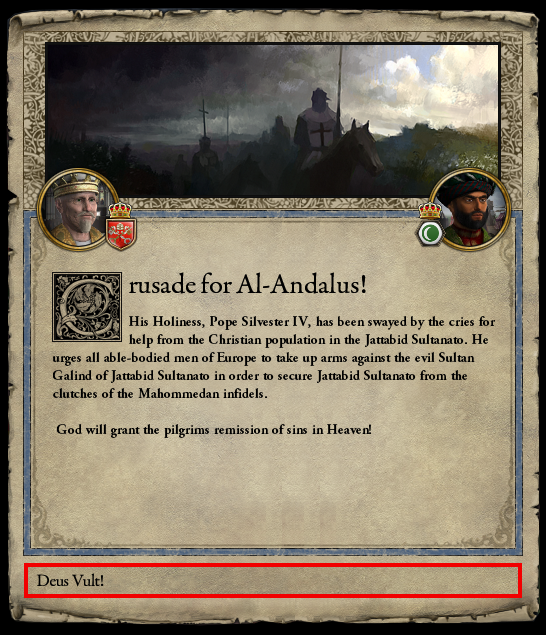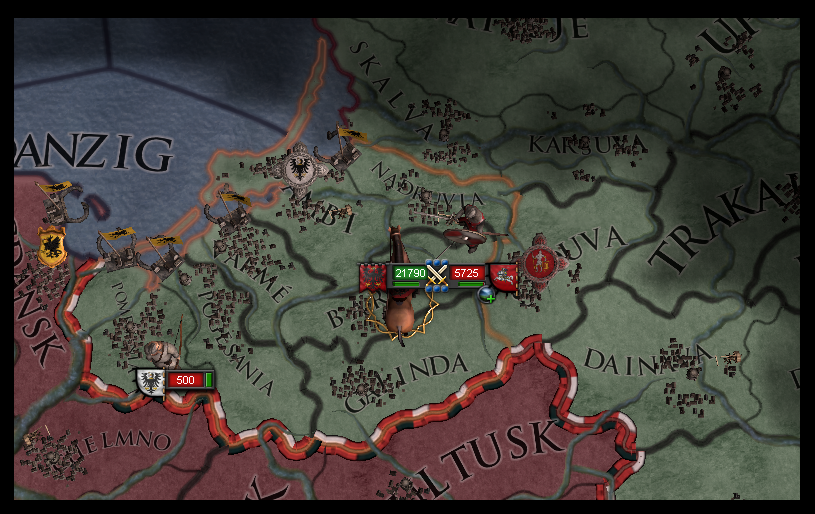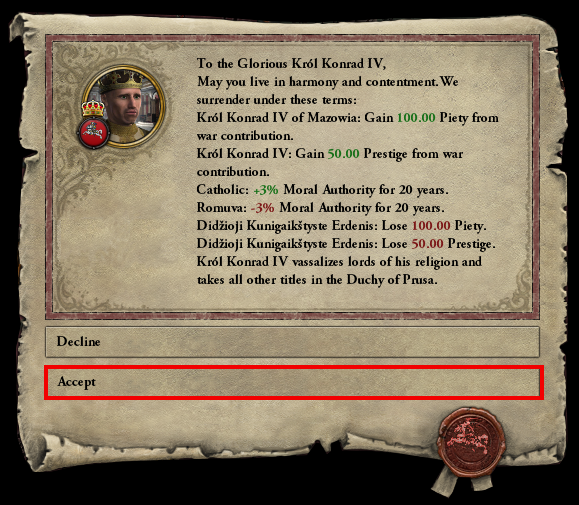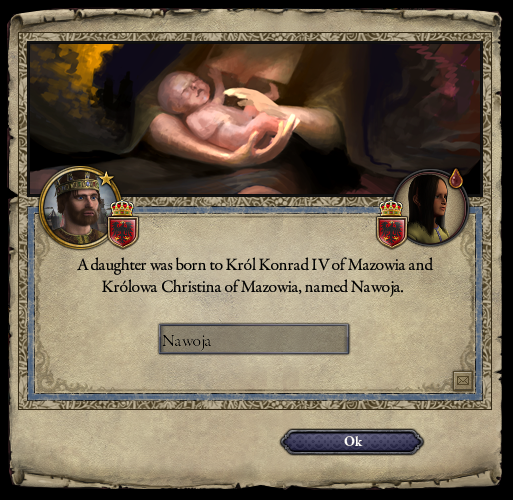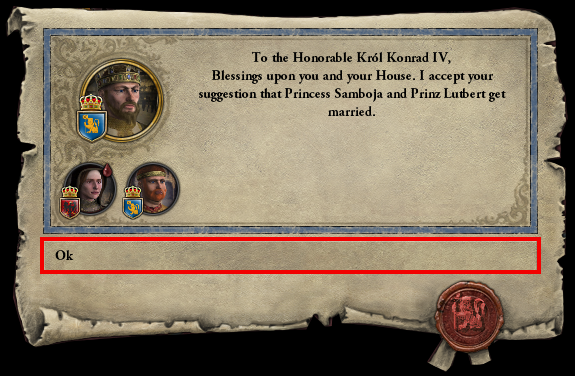Chapter 24 (1100-1114)
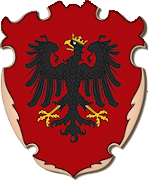
Chapter 24 (1100-1114)
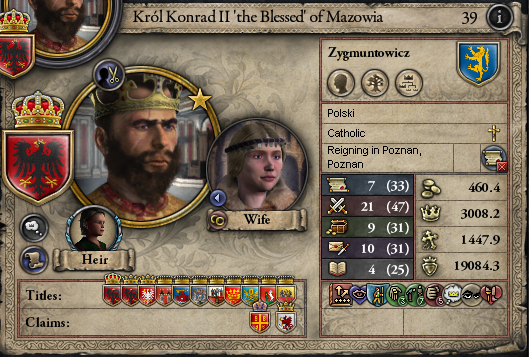
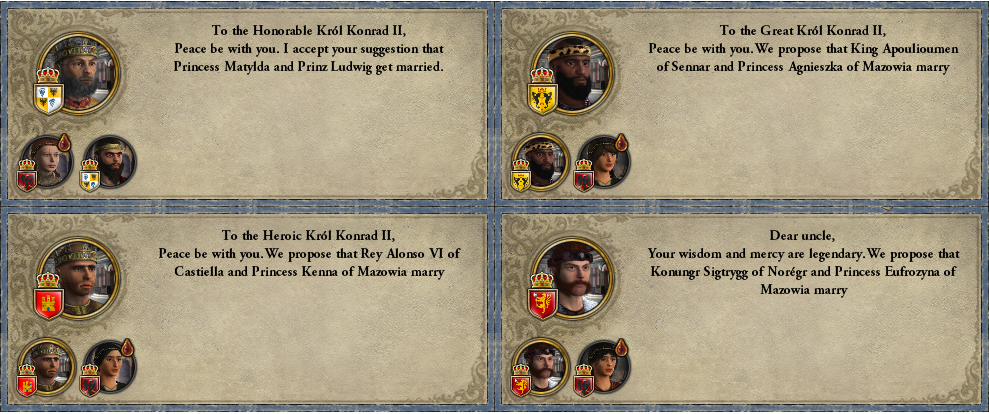
On January 2, 1100, Matilda, the eldest daughter of Konrad II, married Louis, heir to the Lombard throne. Agnes, Conrad's second daughter, received a marriage proposal from the distant kingdom of Sennar; she was to marry the reigning ruler of that state, Apouliumen. Konrad decided to accept the proposal. On May 1, 1106, Euphorized married the new King of Norway, Sigtrygg. Two years later, Konrad's fourth daughter, Kena, was wed to King Alfonso VI of Castile.
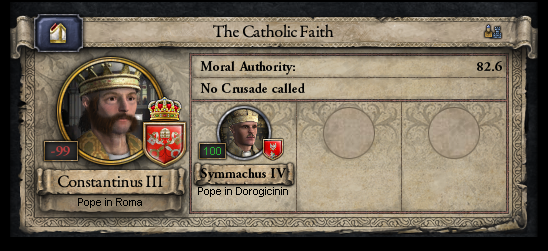
Over time, Konrad grew increasingly disgusted with the actions of Pope Constantine III. However, an open conflict with the pope only arose at the beginning of 1109, when Constantine demanded that Konrad change the law of free investiture in the territory of Mazovia. Konrad's outright refusal led Constantine to place a curse on the Mazovian monarch. In response, Konrad appointed his brother Edward as Antipope, who took the name Symmachus IV. Constantine excommunicated both Konrad and Edward, but this had little effect once a 21,000-strong army was already marching towards the Italian Peninsula.
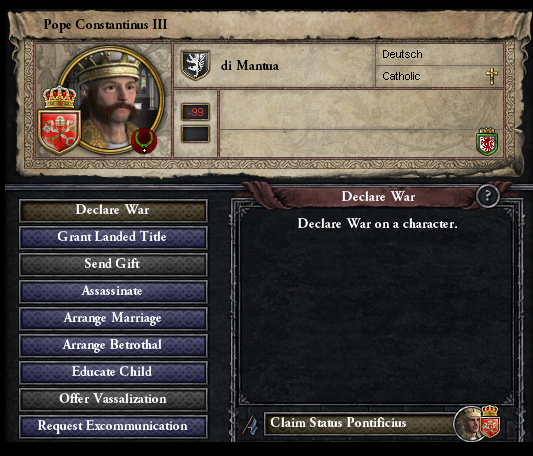
By December 1110, Konrad's forces crossed the Alps and headed towards Rome. Konrad led the 20,000-strong army to overthrow Constantine III and place his younger brother on the papal throne. Along the way, no one dared challenge the forces of the King of Mazovia. The counts, dukes, and kings of Italy lacked the means to stop his army's advance, and most were favorable to his cause—Constantine was one of the more hated popes.
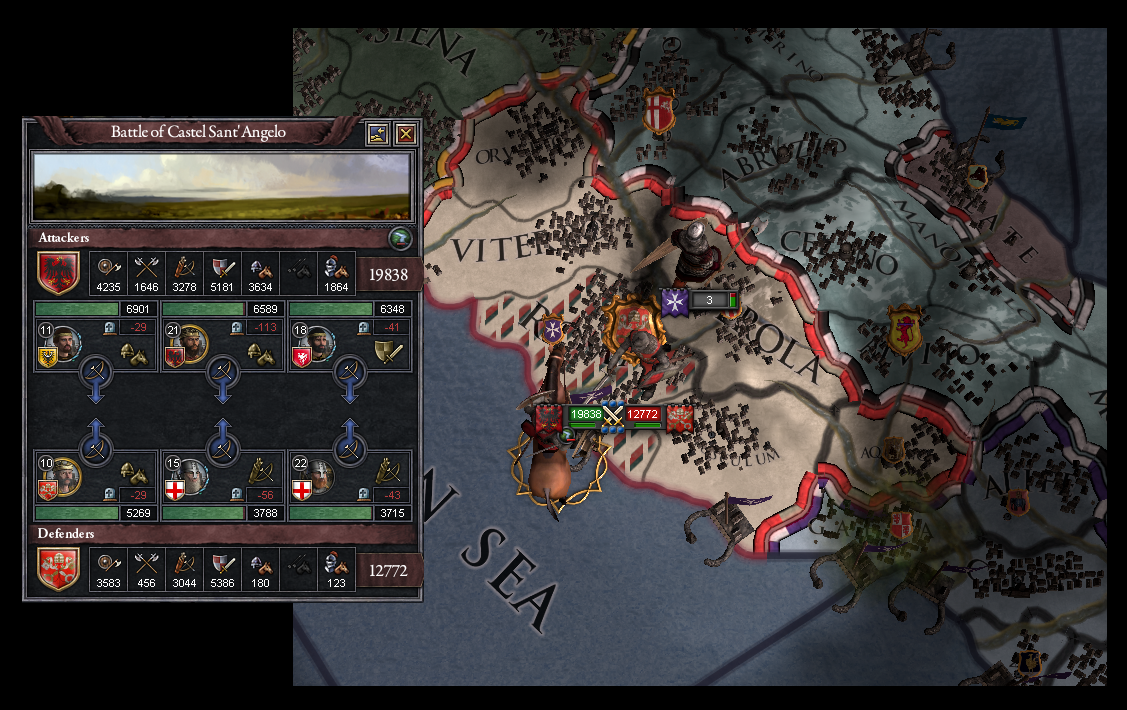
The battle that decided Constantine III's fate took place outside the walls of Castel Sant'Angelo, where he had taken refuge before Konrad’s forces reached the city. The Papal Guard and hired Italian mercenaries could not protect him from what was to come. For the first time since the Vandal invasion, the Eternal City became a prize for invaders. The battle for Castel Sant'Angelo lasted several days, during which the entire city became the scene of horrific violence. Despite Konrad's orders to spare the city's inhabitants, there were widespread looting and rapes.
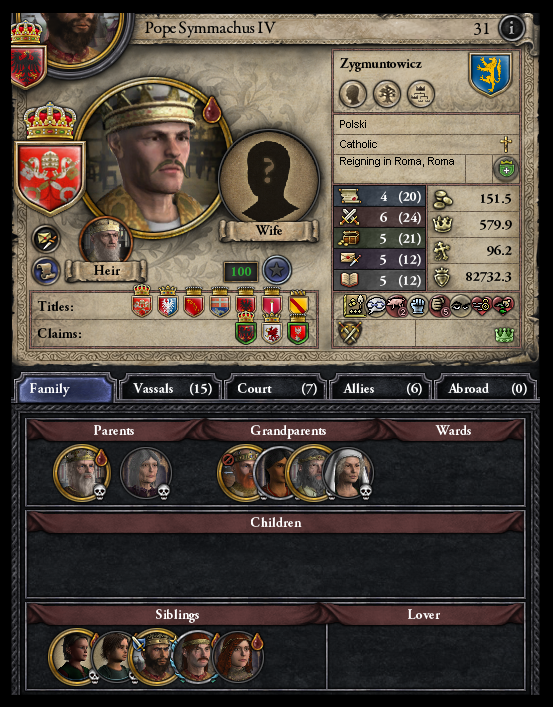
On July 2, 1111, Constantine was captured, betrayed by his cardinals who sought to save their own lives. Constantine, in exchange for his life, renounced his claim to the Papal throne in favor of Symmachus. He spent the rest of his days in one of the many Benedictine monasteries within the Kingdom of Mazovia. Konrad kept the location secret, but after his death, Constantine was murdered, likely on Symmachus’s orders.
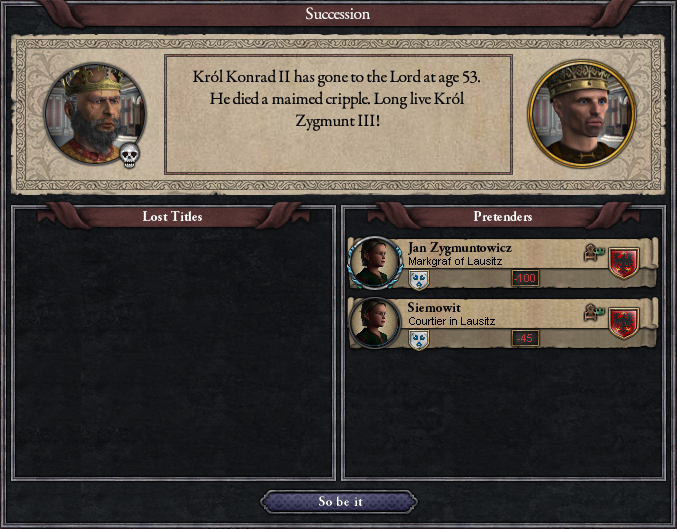
Konrad II died at the age of 53, leaving the Kingdom of Mazovia to his eldest son Zygmunt, Duke of Bohemia. Zygmunt was crowned as Zygmunt III a few days after his father's funeral. Konrad II's reign can be considered successful. He expanded the kingdom's eastern borders slightly, and his conflict with Pope Constantine III resulted in the appointment of his brother Edward as Antipope, ultimately placing him on the papal throne.
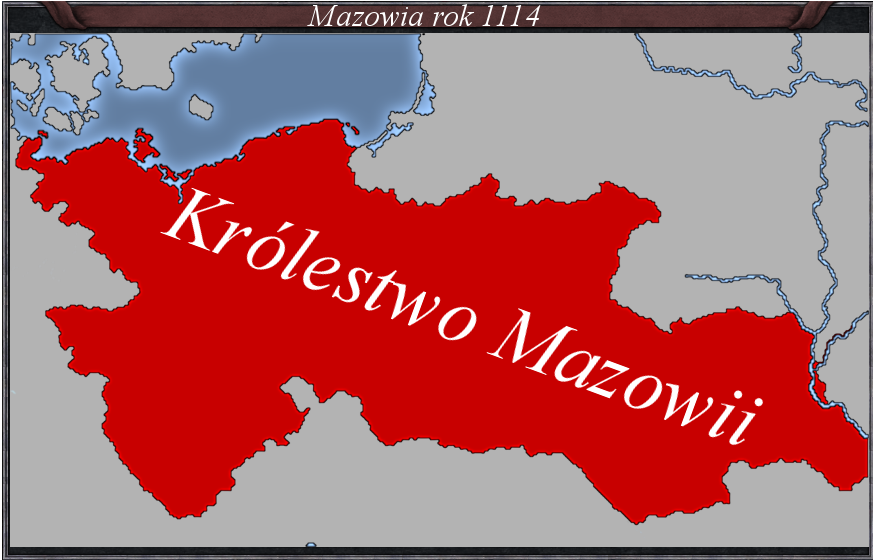
Kingdom of Mazovia 1114
- 2



